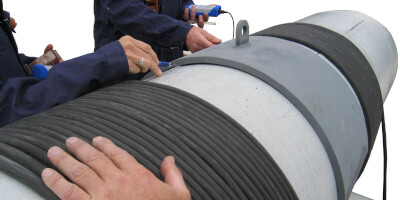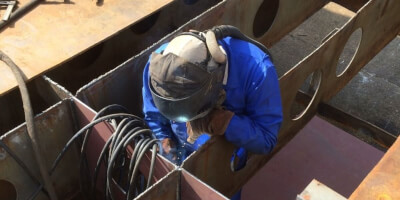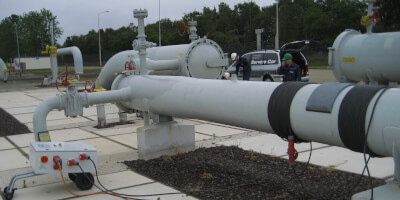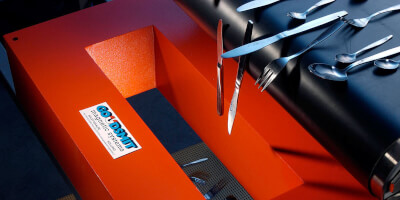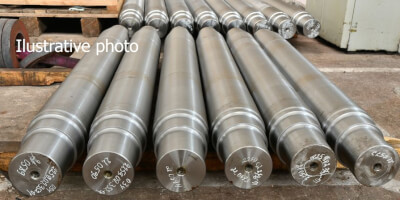Demagnetisation
Removal of undesirable residual magnetism.
Steel products and tools that are used for work or that come into contact with magnets may easily become magnetised. Even a magnetically non-conductive material such as stainless steel may become magnetised during mechanical processing, such as welding, grinding, bending or machining.
Residual magnetism in steel or stainless steel products may cause a number of problems:
- products are attracted to one another
- residual particles form a rough surface after surface treatment (painting, galvanising)
- complications during electric welding due to deflection of the welding arc
- metal shavings that stick to products or tools
- increased wear of bearings
- malfunctions and downtimes in automatic machining units due to material adhering to the unit
Removal and prevention of such issues is possible with the use of demagnetisation devices during processing or after final processing and inspection.
Need help? Write us
Related documents
How to Determine the Level of Magnetisation?
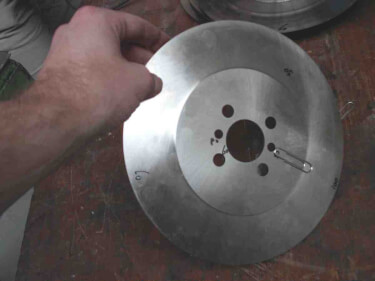 |
The simplest method of finding out whether something is magnetic or not is to use a paper clip. If the clip clings to the object, the magnetic field is at least 20 Gauss. The clip will not be able stick in place at less than 20 Gauss and will stick in place very firmly at more than 40 Gauss. Iron shavings will stick at 10 Gauss. |
|
Measurement of residual magnetism with a Gaussmeter. |
 |
 |
Measurement with a Gaussmeter after demagnetisation. |

